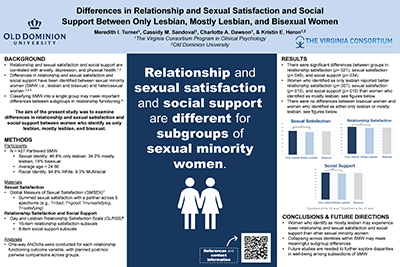ORCID
0000-0002-3359-164X (Muratori), 0000-0002-8736-0433 (Purcell)
College
The Graduate School
Department
Chemistry and Biochemistry
Graduate Level
Doctoral
Graduate Program/Concentration
Biomedical Sciences - Microbiology and Immunology
Publication Date
2023
DOI
10.25883/8hfr-gn13
Abstract
Staphylococcus aureus (S. aureus) is a biofilm-forming pathogen. S. aureus treatment is marked by the development of antibiotic resistance. The public health impact has increased since the emergence of methicillin-resistant S. aureus (MRSA), which has started to show intermediate resistance to vancomycin in MRSA. Nano-second pulse electric fields (nsPEFs) are low-energy and high-power electric pulses, which have been suggested to sensitize pathogens to antibiotics by creating transient pores in the cell membrane. Our combinatorial treatment includes nsPEF pre-treatment and vancomycin post-treatment of MRSA cells. Our results show that MRSA log phase cells had the highest susceptibility to vancomycin. Surprisingly, MRSA biofilm cells were more susceptible to vancomycin when compared to MRSA stationary planktonic cells. These results demonstrate that nsPEFs could remove the pathogen’s protective barrier that is caused by biofilms. They also have the potential of increasing the efficacy of current antibiotic treatments against other pathogens that are developing resistance to antibiotics.
Keywords
MRSA, Antibiotic resistance, Biofilm, Vancomycin, nsPEFs
Disciplines
Bacteria | Biochemistry | Pathogenic Microbiology
Files
Download Full Text (1022 KB)
Recommended Citation
Malik, Areej; Chittams-Miles, Alexandra E.; Muratori, Claudia; and Purcell, Erin B., "Using nsPEFs to Sensitize MRSA to Vancomycin Treatment" (2023). The Graduate School Posters. 1.
https://digitalcommons.odu.edu/gradposters2023_gradschool/1


